Ready to explore glaucoma surgeries and find the best option for your eye health?
Let’s uncover the details!
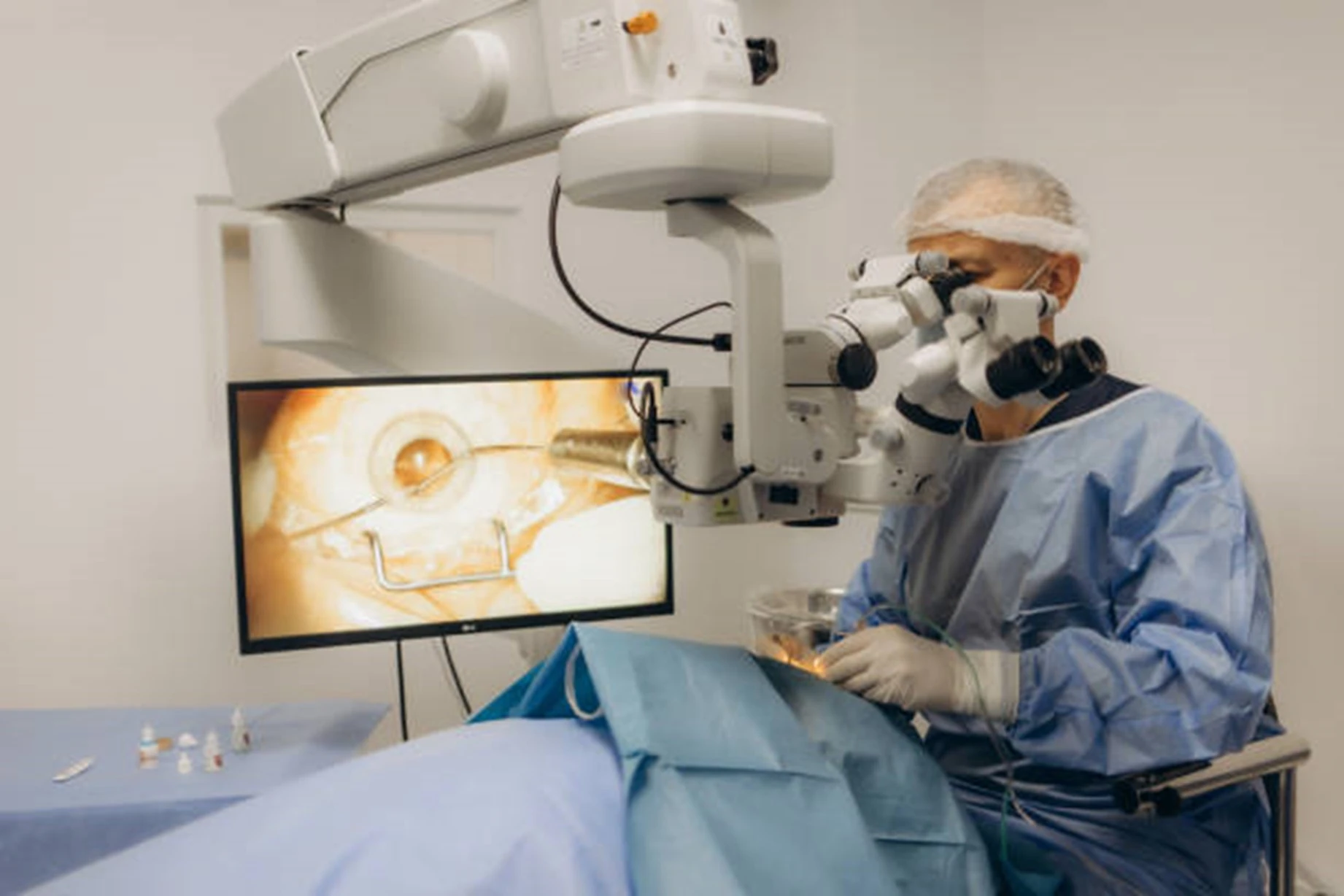
Glaucoma is a serious eye condition that can lead to vision loss and even blindness. It occurs when the optic nerve, the critical connection between your eyes and brain, becomes damaged. Early detection and care are essential to protect your vision.
If medications and laser treatments haven’t been effective in managing your glaucoma, your doctor may suggest surgery as the next step. While surgery won’t cure glaucoma or restore any lost vision, it can help safeguard your remaining eyesight and prevent the condition from worsening. At Elite Eye Care, we provide comprehensive eye exams and personalized guidance to help identify and manage glaucoma, ensuring the best care for your long-term vision health.
Curious about the options for treating glaucoma?
Let’s take a closer look at the different surgical methods available.
There are several types of glaucoma surgeries available to help reduce the pressure in your eye, including:
- Trabeculectomy
- Glaucoma implant surgery
- Minimally invasive glaucoma surgery (MIGS)
If you require surgery for both eyes, your doctor will focus on one eye at a time to ensure the best possible outcome for your vision.
Ready to learn about one of the most effective glaucoma surgeries?
Let’s explore trabeculectomy and how it works.
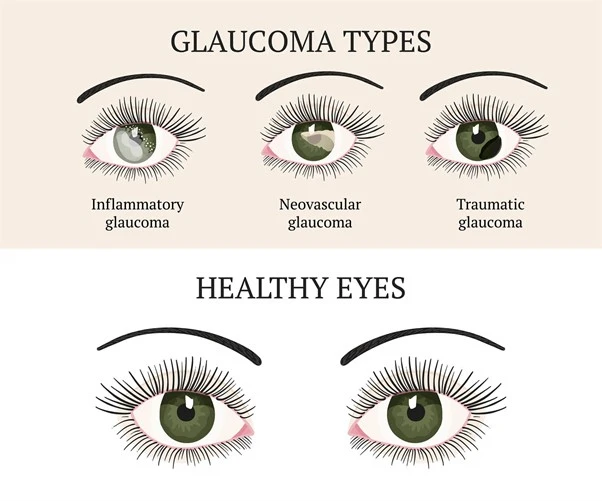
Understanding Trabeculectomy
This type of surgery is commonly used to treat open-angle glaucoma and is typically completed in under an hour at a hospital.
During the procedure, your surgeon will create a small opening at the top of your eye, hidden beneath your eyelid, where it won’t be visible. This opening helps drain excess fluid, reducing the pressure in your eye.
You’ll remain awake during the surgery, but don’t worry, you’ll receive numbing medication and medicine to help you relax. After the procedure, you’ll likely be able to go home the same day, but it’s important to have someone accompany you home for your safety.
Looking to learn about advanced glaucoma surgery options?
Let’s take a look at glaucoma implant surgery and how it can help.
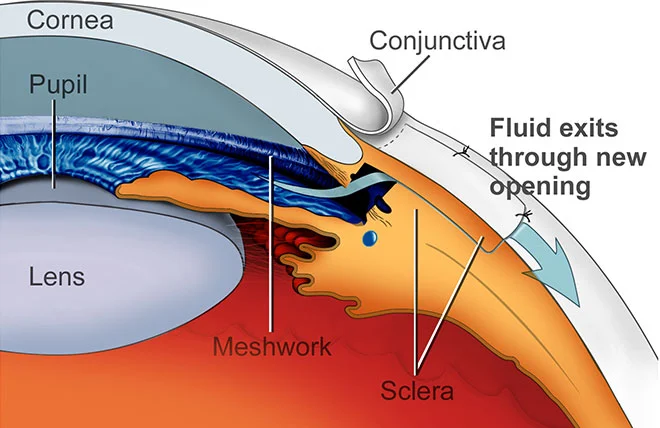
Glaucoma Implant Surgery: An Overview
This surgery is often recommended for treating specific types of glaucoma, such as congenital glaucoma, neovascular glaucoma, and glaucoma caused by an injury. The procedure is performed in a hospital and typically takes 1 to 2 hours.
During the operation, your surgeon will implant a small tube or shunt on the white part of your eye. This tube helps drain excess fluid from your eye, effectively lowering your eye pressure.
You’ll remain awake during the procedure but will receive numbing medication and medicine to help you relax. After the surgery, you’ll usually be able to return home the same day, but it’s essential to have someone accompany you for your safety.
Want a gentler approach to glaucoma surgery?
Let’s explore Minimally Invasive Glaucoma Surgery (MIGS) and how it can benefit you.
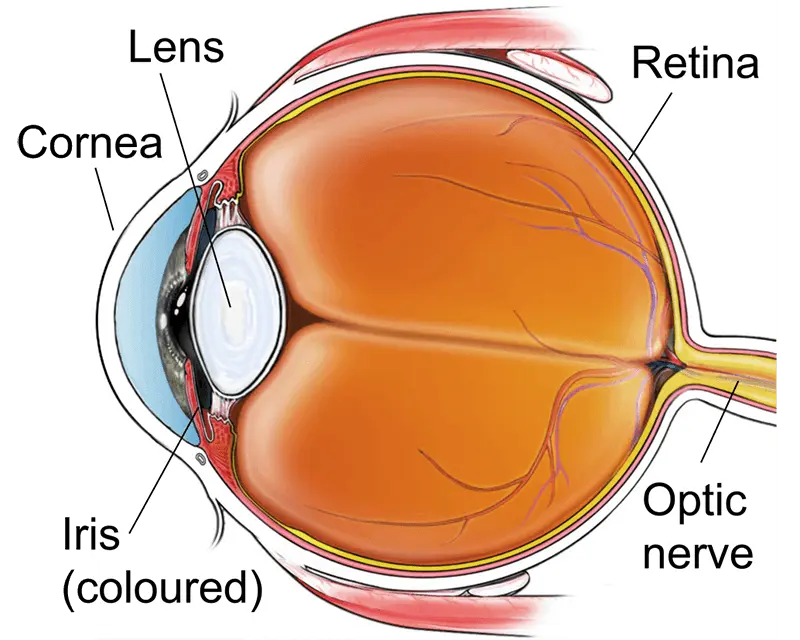
Understanding Minimally Invasive Glaucoma Surgery (MIGS)
If you have mild glaucoma, your doctor might suggest a newer option called minimally invasive glaucoma surgery (MIGS). This procedure is designed to lower eye pressure with fewer risks and side effects, allowing for a quicker recovery compared to traditional surgeries.
Since there are several types of MIGS available, it’s a good idea to talk to your eye doctor to see if this approach is suitable for you.
Understanding Minimally Invasive Glaucoma Surgery (MIGS)
Following your surgery, your doctor will prescribe eye drops to reduce swelling and prevent infections. You’ll need to use them for several weeks. These drops are different from the regular glaucoma drops you may already be using.
During your recovery, you may need to avoid certain activities for 2 to 4 weeks, such as lifting heavy objects. You’ll also have follow-up appointments with your doctor to ensure your eye is healing properly.
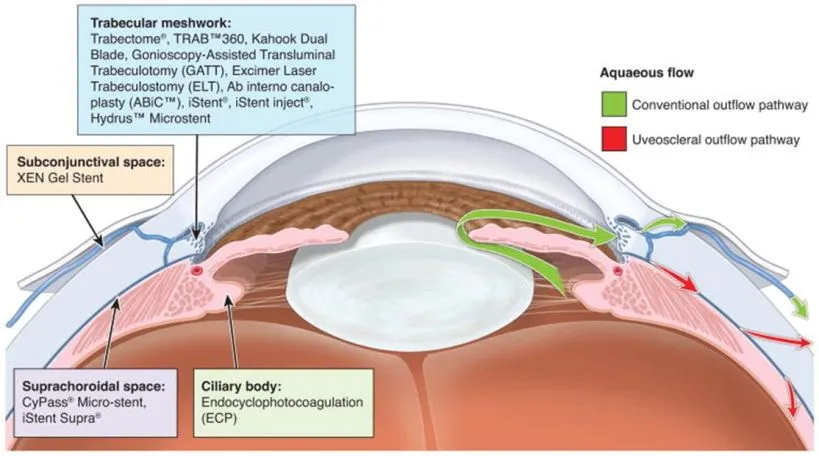
What to Expect After Glaucoma Surgery:
Following your surgery, your doctor will prescribe eye drops to reduce swelling and prevent infections. You’ll need to use them for several weeks. These drops are different from the regular glaucoma drops you may already be using.
During your recovery, you may need to avoid certain activities for 2 to 4 weeks, such as lifting heavy objects. You’ll also have follow-up appointments with your doctor to ensure your eye is healing properly.
Unsure if you'll need more surgery in the future?
Let’s discuss when further glaucoma surgery might be necessary.

Will I Require Further Glaucoma Surgery?
For some, the benefits of surgery can last for a long time. However, for others, the opening in the eye may begin to close, requiring another surgery. Regular check-ups with your doctor will be essential to monitor your eye pressure, ensuring that any need for additional treatment is addressed quickly.
Studies show that trabeculectomy can lower eye pressure in about 7 out of 10 people, and it tends to work best for those who haven’t experienced an eye injury or had previous eye surgery.
Concerned about the risks of glaucoma surgery?
Let’s take a closer look at the potential side effects you should know about.
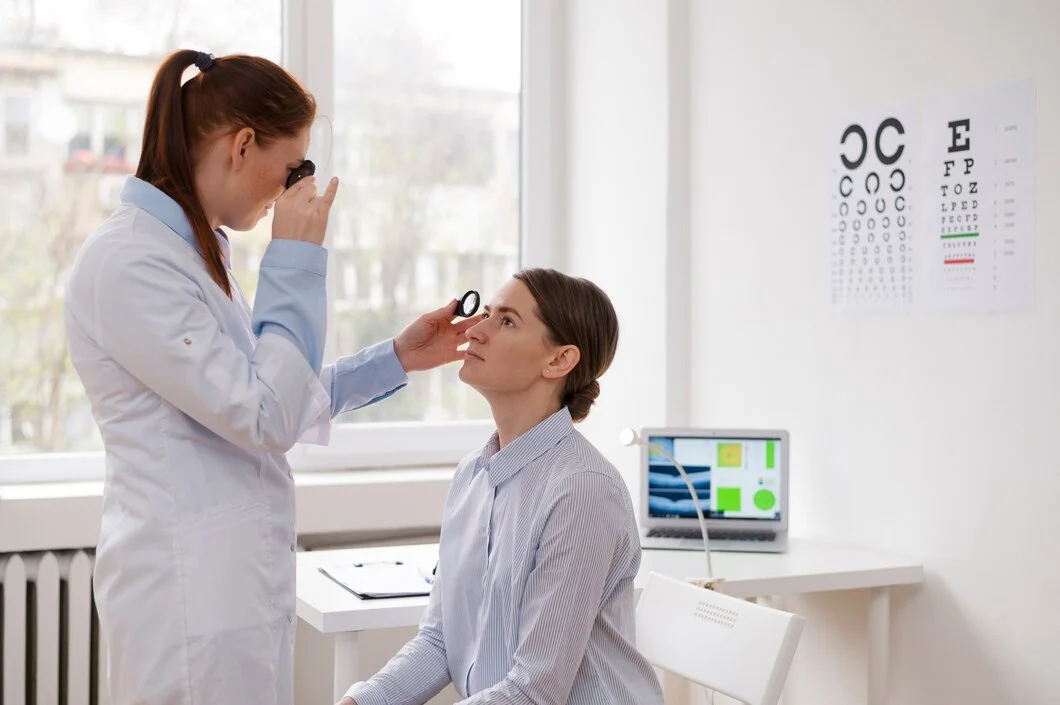
What are the Potential Side Effects of Surgery for Glaucoma?
Like any surgery, glaucoma surgery can have side effects. For instance, your eye may be swollen and sore for some time after the procedure.
Other potential risks of glaucoma surgery include:
- Cataracts
- Issues with the cornea (the clear front layer of your eye)
- Eye pressure that becomes too low
- Vision loss
It is important to discuss the pros and cons of surgery with your doctor. In consultation with your doctor, you can develop a treatment plan that best aligns with your needs and ensures the optimal outcome for your eye health.
We're here to clear things up for you!

Q&A
1. Can Glaucoma come back after surgery?
Regular eye checkups are vital after treatment, as glaucoma can return, especially with conditions like heart disease or diabetes. Repeat surgery may not always be an option.
2. Which drink is good for eye pressure?
Green tea is rich in antioxidants known as catechins, which help safeguard eye tissues from oxidative damage. Drinking green tea regularly has been linked to a reduction in eye pressure.

